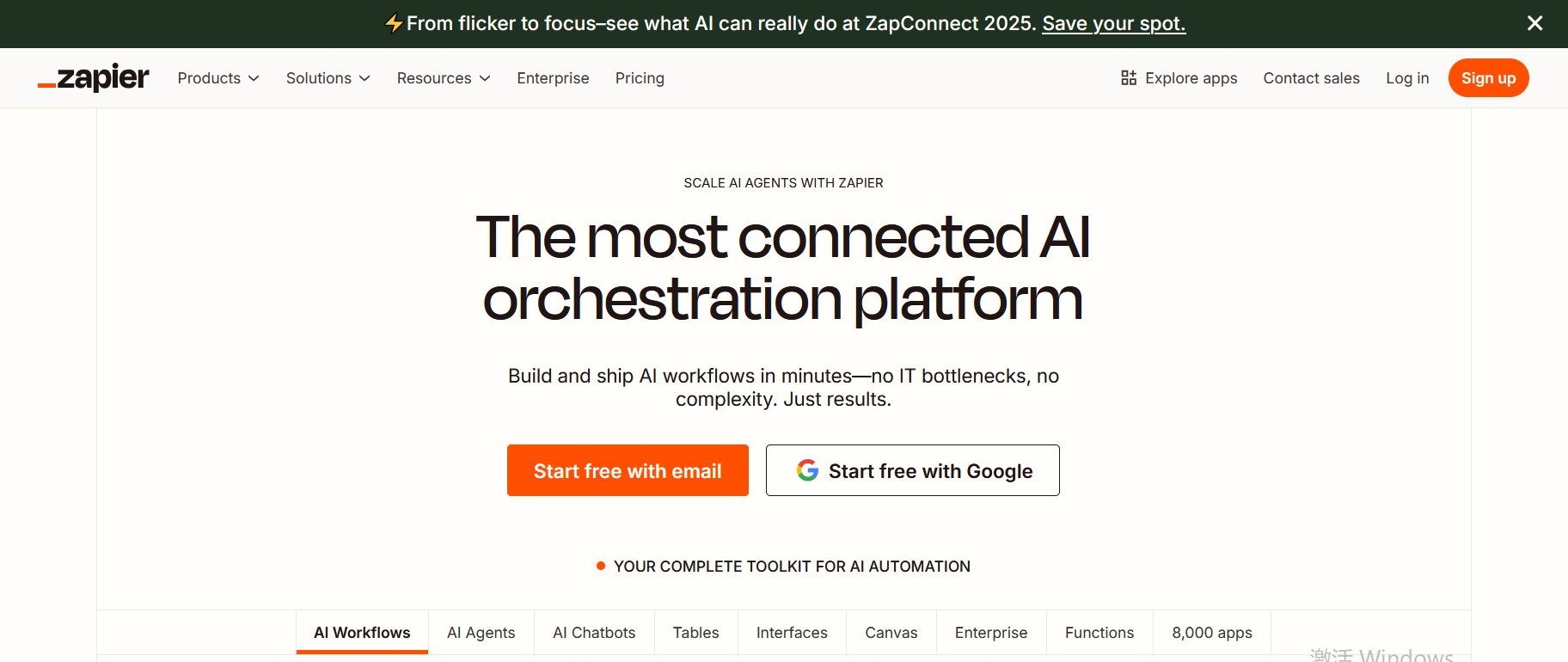Zapier is a no-code automation platform that connects 5,000+ web applications
through 50 million+ monthly automated workflows ("Zaps"). Its mission is
to democratize automation by enabling non-technical users to create
custom integrations between SaaS tools without writing code.
Zapier official Website: https://zapier.com/apps
Key Metrics:
Active Users: 4.3 million (82% SMBs, 18% Enterprise)
Zaps Executed: 12 billion/month (35% YoY growth)
App Ecosystem: 5,200+ integrated apps (Slack, Salesforce, Google Workspace, etc.)
Technical Architecture
1.1 Trigger-Action Framework
Zapier operates on a standardized "When X happens in App A, do Y in App B" logic:
Triggers: Events initiating workflows (e.g., new Gmail attachment)
Actions: Subsequent operations (e.g., save to Dropbox)
Multi-Step Zaps: Chained sequences with conditional logic (if/then paths)
1.2 Connectivity Layers
Native Integrations: Pre-built connectors for major apps (API-level synchronization)
Webhooks/API: Custom integrations via REST APIs
Zapier CLI: Developer tools for building private apps
Competitive Advantages
Low Latency: 98.7% of Zaps execute under 10 seconds (2024 benchmark)
Compliance: SOC2 Type II, GDPR, HIPAA certified
AI Enhancements: Natural language Zap builder (Beta) understands prompts like "Notify sales when CRM leads update"
Market Impact
Per Forrester's 2025 study, Zapier users report:
285% ROI from reduced manual work
47% faster process execution vs. manual operations
Top Use Cases: CRM updates (31%), document routing (24%), social media posting (18%)


